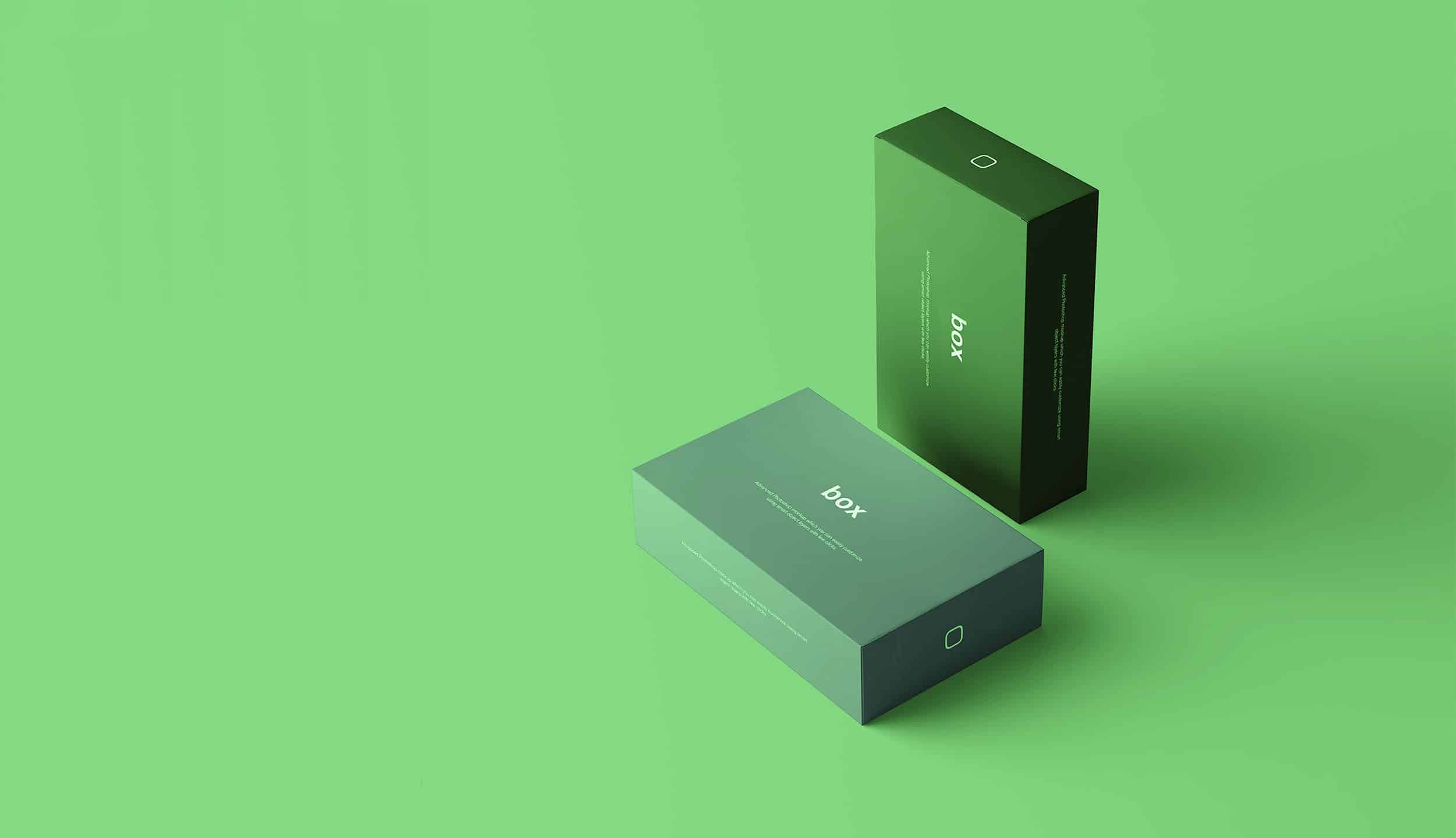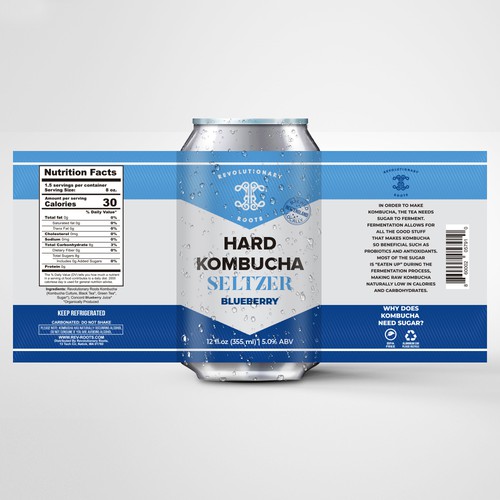A great label design is important because it can help a product stand out on crowded store shelves and convey important information to consumers in an eye-catching and easy-to-understand way. It should be visually appealing, informative, and memorable. Factors such as color, typography, imagery, and messaging all play a role in creating an effective label design that communicates a brand’s values and resonates with its target audience.
What makes a good label design

There are several key elements that can make a label design effective and visually appealing:
- Clear and legible typography: The typography should be easy to read and legible, even from a distance. It is important to choose a font that fits the product and the brand and to use appropriate font sizes.
- Visual hierarchy: The most important information should be emphasized and positioned prominently, while secondary information should be placed in a less prominent location.
- Color scheme: Colors should be chosen carefully to complement the product and the brand. It is important to ensure that the color scheme is consistent with other brand elements such as packaging, logos, and marketing materials.
- Imagery and graphics: Imagery and graphics can help to convey the product’s purpose, ingredients, or benefits. The images should be high quality and relevant to the product.
- Branding: The label design should be consistent with the overall branding of the product and the company. It should communicate the brand’s message and values, and help to differentiate it from competitors.
- Material and printing techniques: The choice of material and printing techniques can also impact the label’s appearance and effectiveness. It is important to choose materials that are durable and suitable for the product’s intended use, and to use printing techniques that enhance the label’s visual appeal.
Overall, a good label design should be visually appealing, informative, and consistent with the product’s branding and purpose. It should also be easy to read and understand, and should communicate the product’s key features and benefits clearly and effectively.
What are designer labels

Designer labels are fashion brands that are known for their high-end, luxury products and often associated with high quality, exclusivity, and prestige. These brands are typically created by fashion designers who are well-known for their unique and innovative designs, and often command premium prices due to their reputation and perceived value.
Designer labels typically produce a wide range of products, including clothing, shoes, bags, accessories, and cosmetics. Examples of popular designer labels include Chanel, Gucci, Prada, Louis Vuitton, Versace, and many others.
These brands are often recognizable by their distinct logos, signature designs, and high-quality materials. They are typically sold in upscale boutiques, department stores, and luxury retailers around the world, and are often worn by celebrities and other high-profile individuals.
How to create a label design
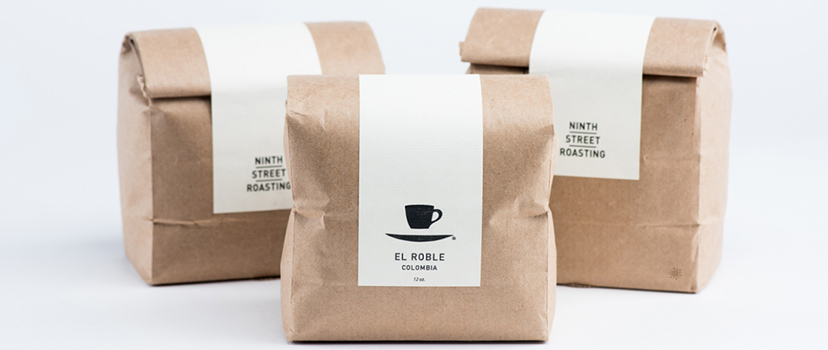 Creating a label design can be a fun and creative process, but it requires some planning and consideration to ensure that the label communicates the necessary information and is visually appealing. Here are some steps to help you create a label design:
Creating a label design can be a fun and creative process, but it requires some planning and consideration to ensure that the label communicates the necessary information and is visually appealing. Here are some steps to help you create a label design:
- Determine the purpose of the label: Before you start designing, consider what the label will be used for. Will it be for a product, a package, or a mailing envelope? What information needs to be included on the label? This will help you determine the size and shape of the label, as well as the content that needs to be included.
- Choose the right software: To create a label design, you will need software that allows you to create graphics and manipulate text. There are many options available, including Adobe Illustrator, Canva, and Inkscape.
- Choose a color scheme: Consider the colors that will best represent the product or service you are labeling. You might want to choose colors that match the product’s branding or that create a mood or feeling.
- Select fonts: Choose fonts that are easy to read and appropriate for the purpose of the label. Be sure to use different font sizes and styles to create hierarchy and emphasize important information.
- Add graphics: Graphics can enhance the label design and make it more visually appealing. Consider adding images, illustrations, or icons that relate to the product or service.
- Include important information: Make sure to include all necessary information on the label, such as product name, description, ingredients, warning labels, and contact information.
- Test your design: Before printing your label, make sure to test it by printing it out and checking that all the elements are legible and visually appealing.
Remember, the design should be simple, clear, and easy to read, while also being visually appealing and in line with the branding of the product or service.
How to design a can label
Designing a can label involves a combination of art and marketing techniques. Here are some steps to help you design a can label:
- Determine the purpose of the label: Before designing your can label, you need to determine the purpose of the label. Is it to promote a new product, or to rebrand an existing product? Understanding the purpose of the label will help you to determine what information and design elements should be included.
- Research your competition: Look at other similar products on the market and analyze their label designs. Note the design elements that you like, and those that you do not. This will help you to create a unique label that stands out from your competition.
- Choose a color scheme: The color scheme you choose for your can label should reflect your brand’s personality and the product being sold. It’s important to choose colors that are appealing to your target audience.
- Include important information: Your can label should include important information such as the product name, logo, nutritional information, and any legal requirements for labeling.
- Create a design: Once you have a clear idea of the purpose, competition, color scheme, and necessary information for your can label, you can start creating a design. It’s important to choose a design that is eye-catching, easy to read, and visually appealing.
- Get feedback: Once you have a design, get feedback from potential customers, colleagues, and industry experts. This will help you to make any necessary changes to your design before printing.
- Print your label: Once you have finalized your can label design, you can print your labels. Make sure to use high-quality materials and printing techniques to ensure that your label looks professional and stands out on the shelf.
Remember, a well-designed can label can make a big impact on your product’s success. Take the time to carefully design and plan your label to ensure that it effectively communicates your brand and product to your target audience.
Good label design
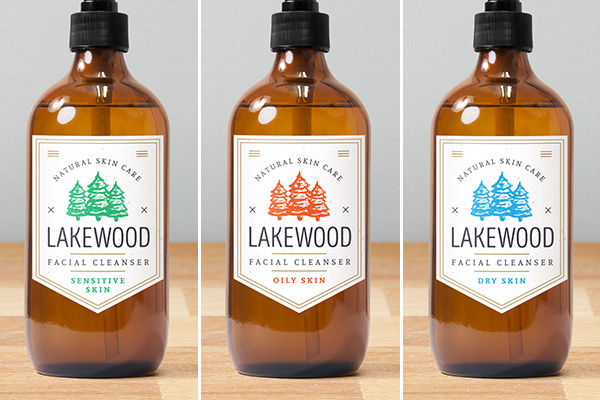
A good label design should effectively communicate important information while also being visually appealing and easy to read. Here are some tips for creating a good label design:
- Keep it simple: A cluttered label can be overwhelming and confusing. Stick to the essential information and make sure it is easy to find and read.
- Use clear typography: Choose a font that is easy to read and appropriate for the product. Make sure the font size is large enough for the label to be easily read.
- Consider color: Colors can convey emotions and evoke certain feelings. Choose a color scheme that is appropriate for the product and helps the label stand out.
- Incorporate branding: Use your company’s logo and other branding elements to make the label easily recognizable and reinforce brand identity.
- Provide necessary information: The label should include all necessary information such as product name, ingredients, nutritional information, and usage instructions.
- Consider the label shape: The shape of the label can impact its overall design. Consider a unique shape that fits the product and makes the label stand out.
- Test the design: Before finalizing the design, test it with a focus group or target audience to ensure it effectively communicates the necessary information and is visually appealing.
Great wine labels
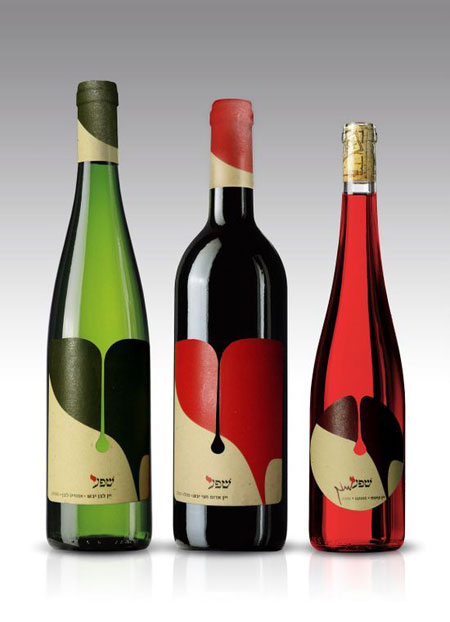 Here are some great wine labels that are known for their exceptional design and branding:
Here are some great wine labels that are known for their exceptional design and branding:
- Chateau Mouton Rothschild – Known for its yearly changing artwork on the label created by renowned artists.
- Opus One – A collaboration between Robert Mondavi and Baron Philippe de Rothschild, the label features a striking geometric design.
- Antinori – A historic Italian winery with a classic, elegant label that has remained relatively unchanged for centuries.
- Caymus – A family-owned California winery with a bold and distinctive label featuring a large, stylized “C.”
- Cloudy Bay – A New Zealand winery known for its minimalist label with a simple illustration of the vineyard’s namesake, a bay shrouded in fog.
- Penfolds Grange – An iconic Australian wine with a simple label featuring the winery’s name and vintage.
- Chateau Margaux – A Bordeaux winery with a timeless label featuring the chateau’s emblem and a simple, classic design.
- Silver Oak – A California winery with a signature label featuring a striking silver oak tree against a black background.
- La Rioja Alta – A Spanish winery with a classic, traditional label featuring the winery’s name and crest.
- Domaine de la Romanee-Conti – A prestigious Burgundy winery with a simple, elegant label featuring the winery’s name and vineyard.
Great Label Design: Frequently Asked Questions
How important is label design for a small business?
In the competitive world of small businesses, a great label design is a game-changer. It helps your product stand out, attract customers, and build a memorable brand identity.
Can I use multiple fonts in my label design?
While it’s possible to use multiple fonts, it’s crucial to maintain cohesion. Stick to two or three complementary fonts to ensure readability and a unified visual identity.
What role does color psychology play in label design?
Color psychology is pivotal in influencing consumer emotions. Different colors evoke various feelings, and selecting the right palette can enhance your brand message.
Is it necessary to hire a professional designer for label creation?
While DIY options exist, a professional designer brings expertise, ensuring your label not only looks good but also aligns with design principles and industry standards.
How often should I update my label design?
Regular updates keep your brand fresh and relevant. Consider a refresh every few years or when there’s a significant shift in your brand positioning or target audience.
Can a label design influence consumer trust?
Absolutely. A well-crafted label creates a positive first impression, instilling trust in consumers. Consistent, professional design signals reliability and quality.
Conclusion
Great label design goes beyond aesthetics; it’s a strategic tool that influences consumer perception and builds brand loyalty. As you embark on the journey of creating or revamping your labels, keep in mind the blend of art and science required for optimal results. Craft labels that not only look great but also resonate with your audience, setting the stage for a memorable brand experience.


